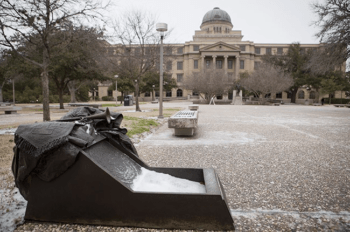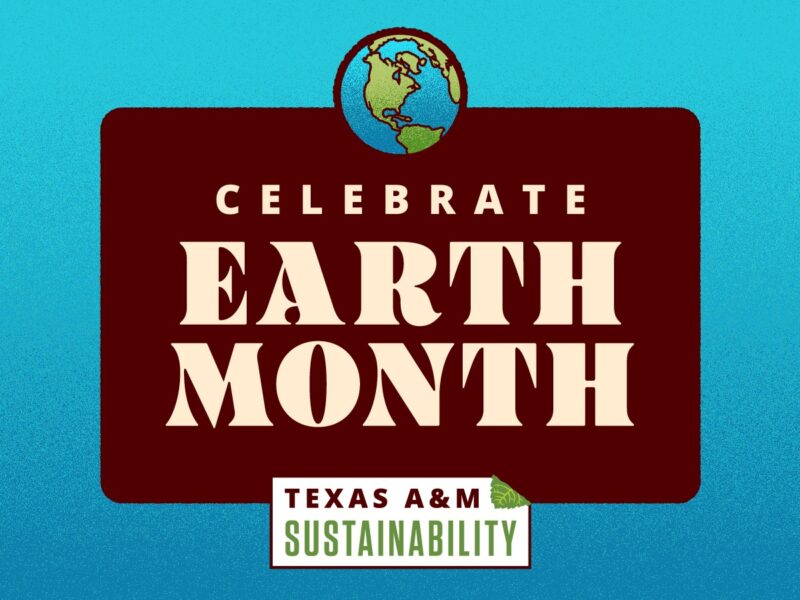Texas A&M Expert: Polar Vortex Has Cold Air, But What Does It Really Mean?

With a major cold air mass expected to cover most of the U.S. this week – as much as 75 percent of the country could experience temperatures below freezing — it’s the time of year when the term “polar vortex” creeps into the news. But it might be a good time to set the record straight on what exactly a polar vortex is, says a Texas A&M University weather expert.
John Nielsen-Gammon, Regents Professor of Atmospheric Sciences who also serves as the State Climatologist, says the term polar vortex has been around longer than you think. It was first identified in the 1850s, and fully mapped out by the 1950s, but only in the last five years or so has the nomenclature made it to popular culture, perhaps in a misleading way.
Technically, he explains, a polar vortex is a large zone of very cold air that forms around the Arctic or Antarctic. There are actually two polar vortices – one at around 65,000 feet high, the other at about 25,000 feet high, called the tropospheric polar vortex and the one that most often affects the U.S.
The term itself has a “Star Wars” ring to it that evokes images of death stars and ray guns. Instead, Nielsen-Gammon believes, it’s just an unfamiliar term for something very familiar.
“Most people already know that the jet stream carries storms from west to east, especially in the wintertime,” says Nielsen-Gammon.

“They might also have a sense that the jet stream is not just something over the United States — it circles the globe. The tropospheric polar vortex is nothing more than this jet stream making a complete loop around the hemisphere, plus all the cold air inside the loop.”
So is the polar vortex the jet stream, or is it the cold air inside the jet stream? “It’s both,” says Nielsen-Gammon. “It’s sort of a chicken and egg thing. Whenever you have deep cold air, you’ll have a jet stream along its edge, and whenever you have a jet stream, you’ll have cold air on one side. You can’t have one part of the polar vortex without the other.”
“In the Northern Hemisphere, whenever we’re north of the polar jet stream, we’re inside the polar vortex, and the weather is cold. This happens a lot in the winter, as the vortex expands and waves in the jet stream occasionally cause the jet stream to swing even farther south.”
While waves like that are common, the coldest weather is usually underneath the very center of the polar vortex, he points out. “Usually the center of the vortex is somewhere over the Arctic Ocean, or northern Canada, or Siberia. On rare occasions, though, it can temporarily swing down over the northern United States,” Nielsen-Gammon says.
That’s what happened in the winter of 2013-2014, Nielsen-Gammon adds. The center of the vortex made it all the way across the northern United States border, so cold air covered a large portion of the United States.
“This week will be different,” Nielsen-Gammon says. “The problem this time is that the jet stream is unusually wavy. Rather than forming a round vortex about the North Pole, it will look more like a squeezed water balloon, with one lobe extending into the northern United States and the other into Siberia.”
“What’s noteworthy about this cold snap arriving in a few days is that it could be the coldest air of 2016 and set temperature records in many locations,” he adds. “That’s because the traditionally cold months of last January and February were very mild across much of the country.”
Also, Nielsen-Gammon says, the cold air is arriving rather early in the season. “I would not be surprised to see many record lows occur in the central United States this week.”
Media contact: Keith Randall, Texas A&M News & Information Services.





